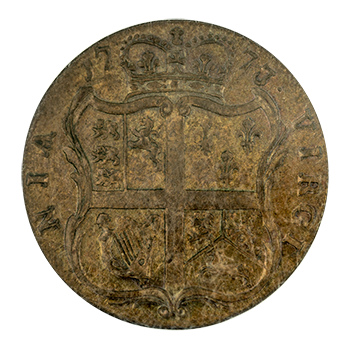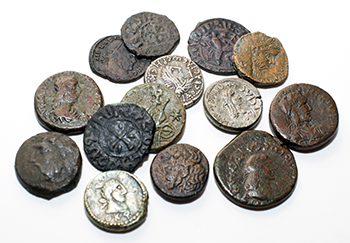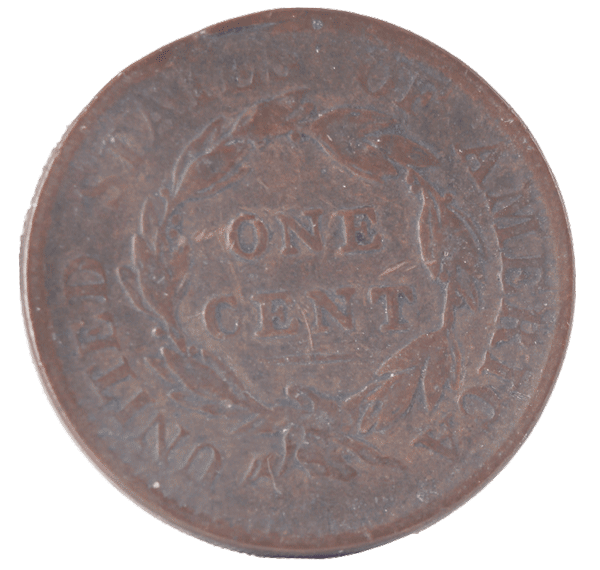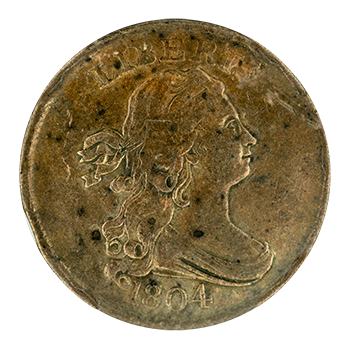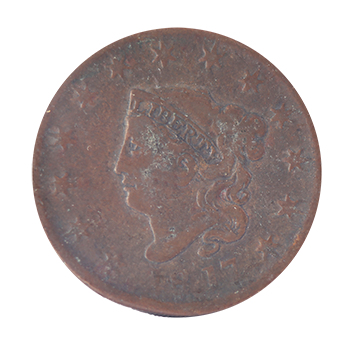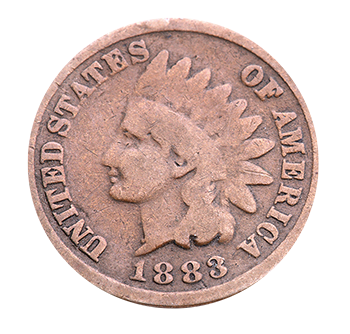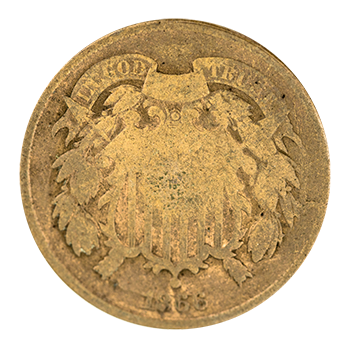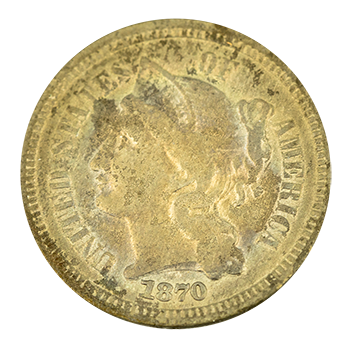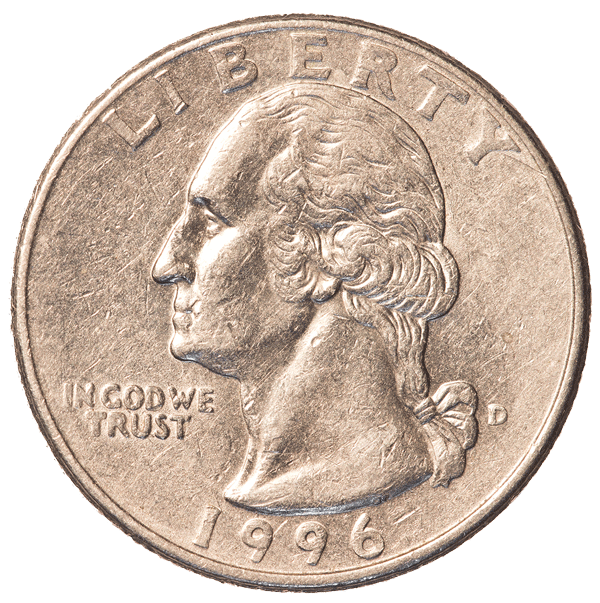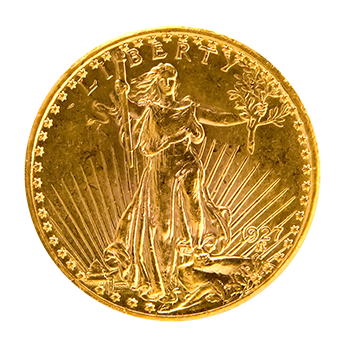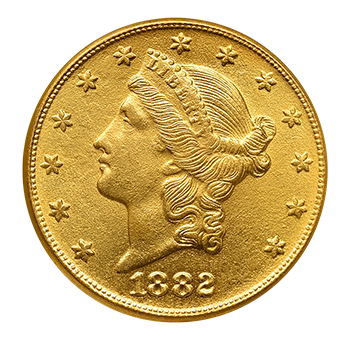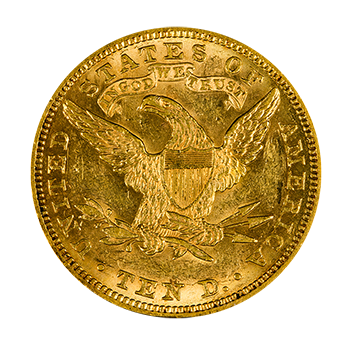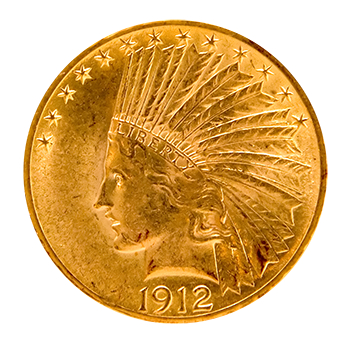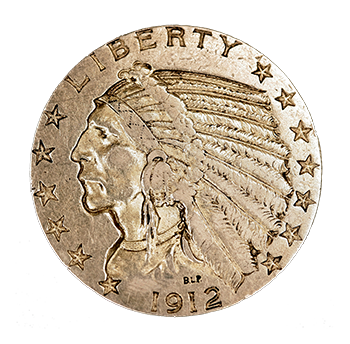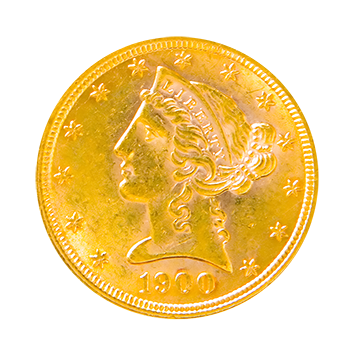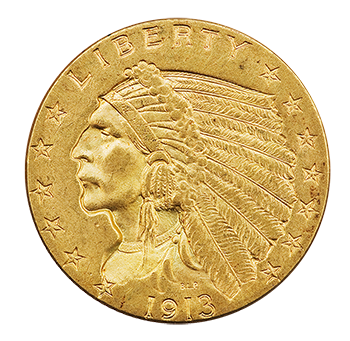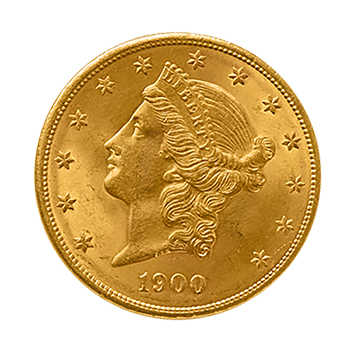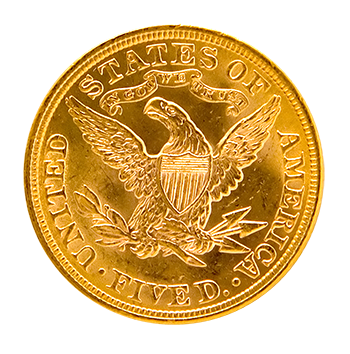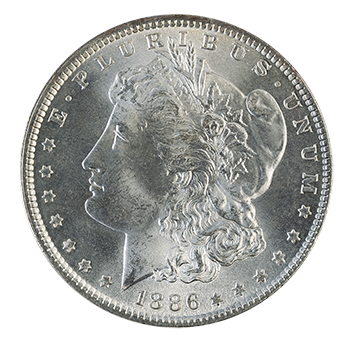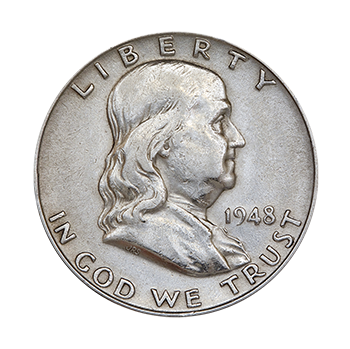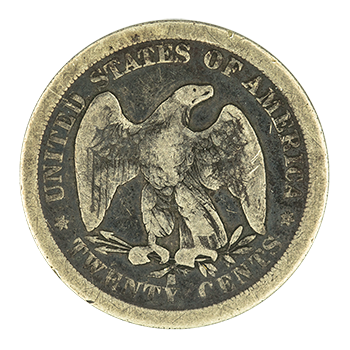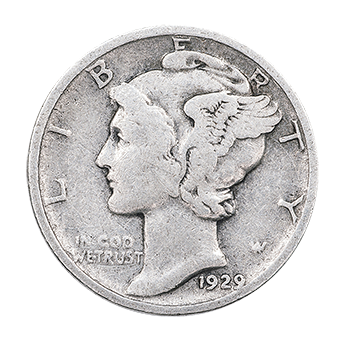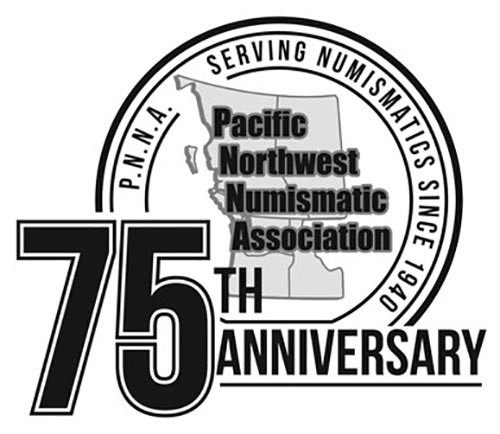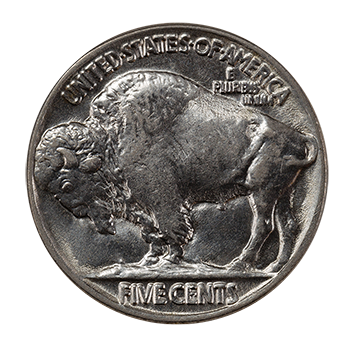
The first nickel, the Shield nickel, appeared in 1866. The original mintage, consisting of 75 percent copper and 25 percent nickel, lasted until 1883 when it was replaced by the Liberty Head (also known as the V nickel). Some key years for collectors in the Liberty Head series include 1885, 1886, and 1912-S. The rarest of these nickels however, are the 1913 mintage. Only five of these nickels are known to exist, believed to have been produced secretly at the mint.
To help enhance the appeal of American coinage, the United States Mint introduced the Buffalo nickel in 1913 with its representation of a buffalo. Some key years for collectors with this coin include the 1913-S Type 2, the 1914/3 Overdate, the 1918/7-D Overdate, and the 1937-D Three Legged.
In 1938, the Jefferson nickel replaced the Buffalo nickel. The Jefferson version remains in production to this day. The only major variation in the series occurred during World War II, when nickel became an in-demand strategic metal. From 1943 until 1945, the government substituted nickel with a silver-based composition. With the exception of the S-less nickel produced in 1971, you can easily acquire almost all dates in this series.
From 2004 to 2006, the mint issued Westward Journey nickels commemorating the bicentennial of the Louisiana Purchase and the Lewis and Clark Expedition. These are also easily attainable.

